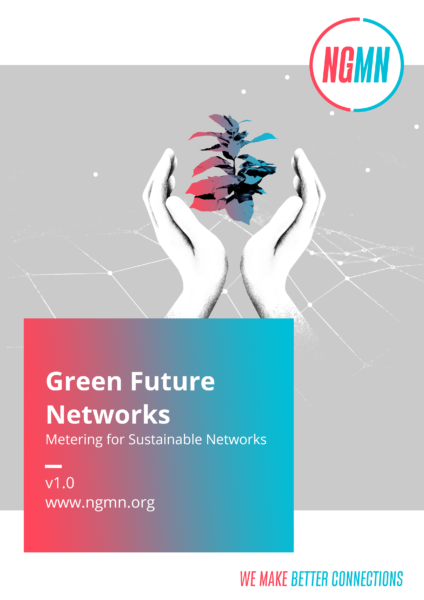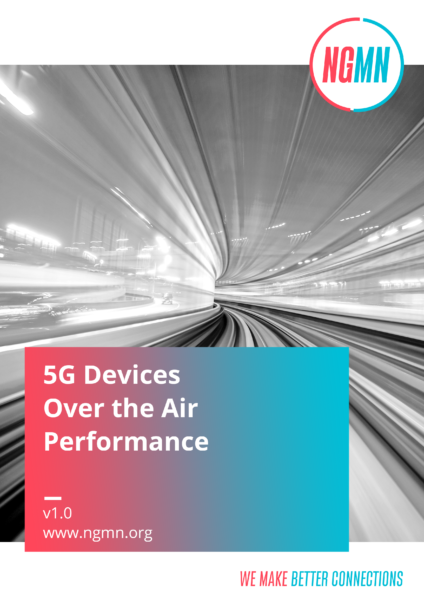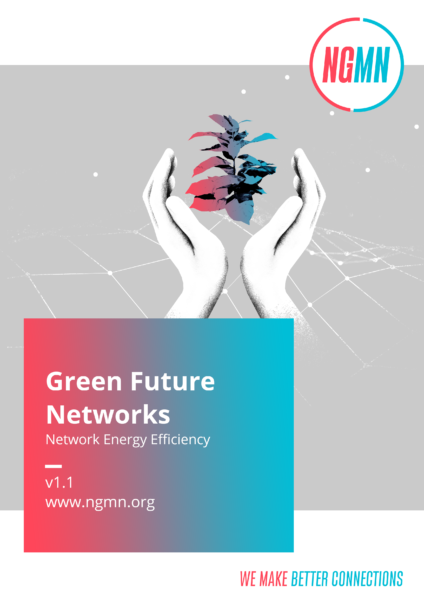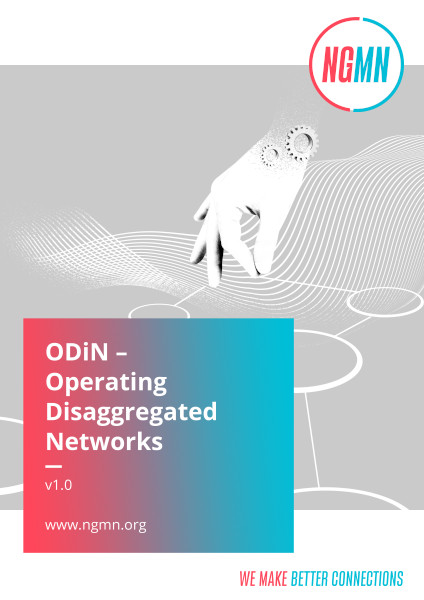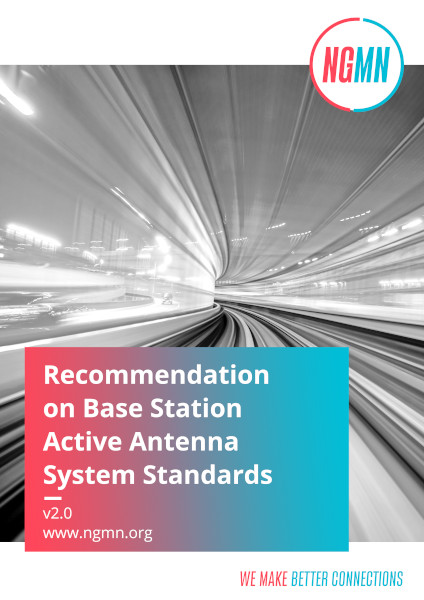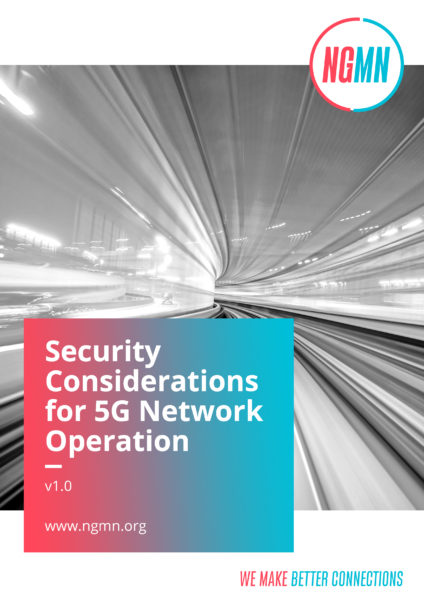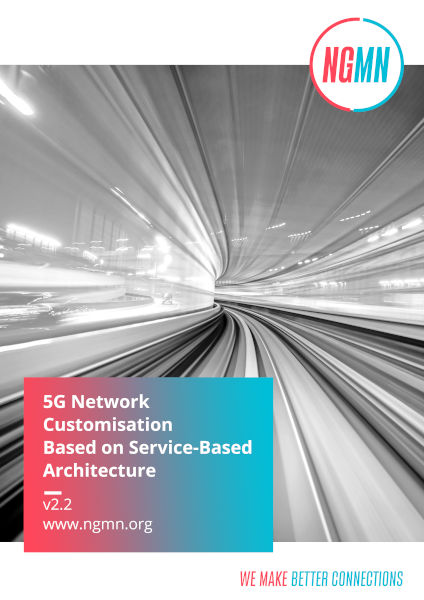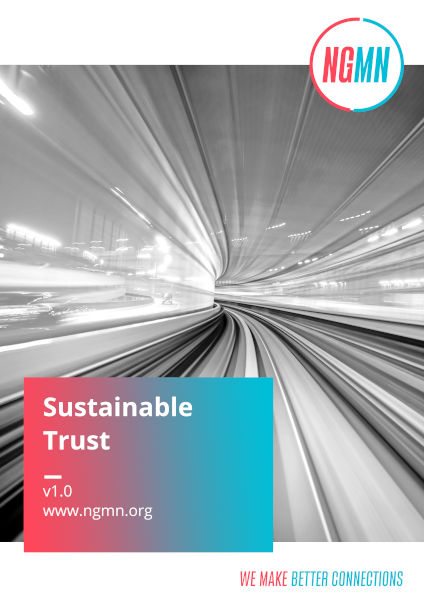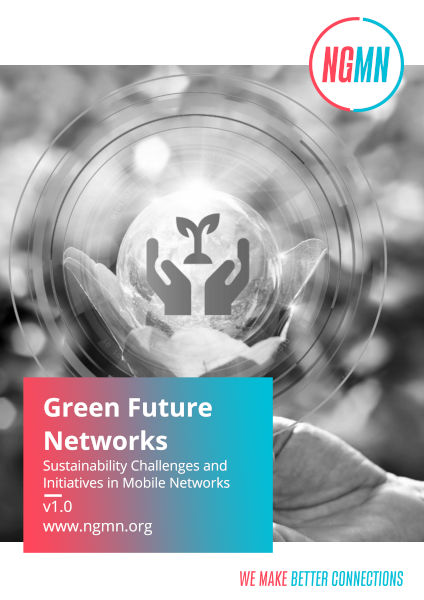Green Future Networks: Metering for Sustainable Networks v1.0
This publication’s recommendations are:
- To identify and understand the behaviour of energy intensive or under-utilized parts of the network and in order to optimize and manage them in an energy efficient way it is recommended to deploy metering. Metering with more granular measurements will enable to check the energy performance of equipment in real time condition as well as to improve and promote the use of renewable energy source in a more optimized way.
- It is recommended to deploy metering at the network and technical sites to measure the energy consumption and other relevant parameters such as temperature and humidity of the active equipment e.g. radio, backhauling and core equipment.
- Standardized metering shall be defined with generic unified architecture for data collection, site internal communication architecture ideally equipped with higher level intelligent Next Generation Control Unit or Data Gathering Unit. In addition, measurement parameters with given accuracy as well as data collection and interfaces, including virtualized and NFV environments should be standardized
